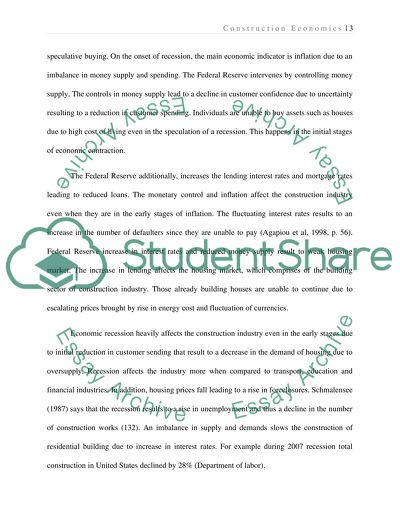Cite this document
(“Construction Economics Assignment Example | Topics and Well Written Essays - 1750 words”, n.d.)
Retrieved de https://studentshare.org/engineering-and-construction/1392600-construction-economics
Retrieved de https://studentshare.org/engineering-and-construction/1392600-construction-economics
(Construction Economics Assignment Example | Topics and Well Written Essays - 1750 Words)
https://studentshare.org/engineering-and-construction/1392600-construction-economics.
https://studentshare.org/engineering-and-construction/1392600-construction-economics.
“Construction Economics Assignment Example | Topics and Well Written Essays - 1750 Words”, n.d. https://studentshare.org/engineering-and-construction/1392600-construction-economics.


